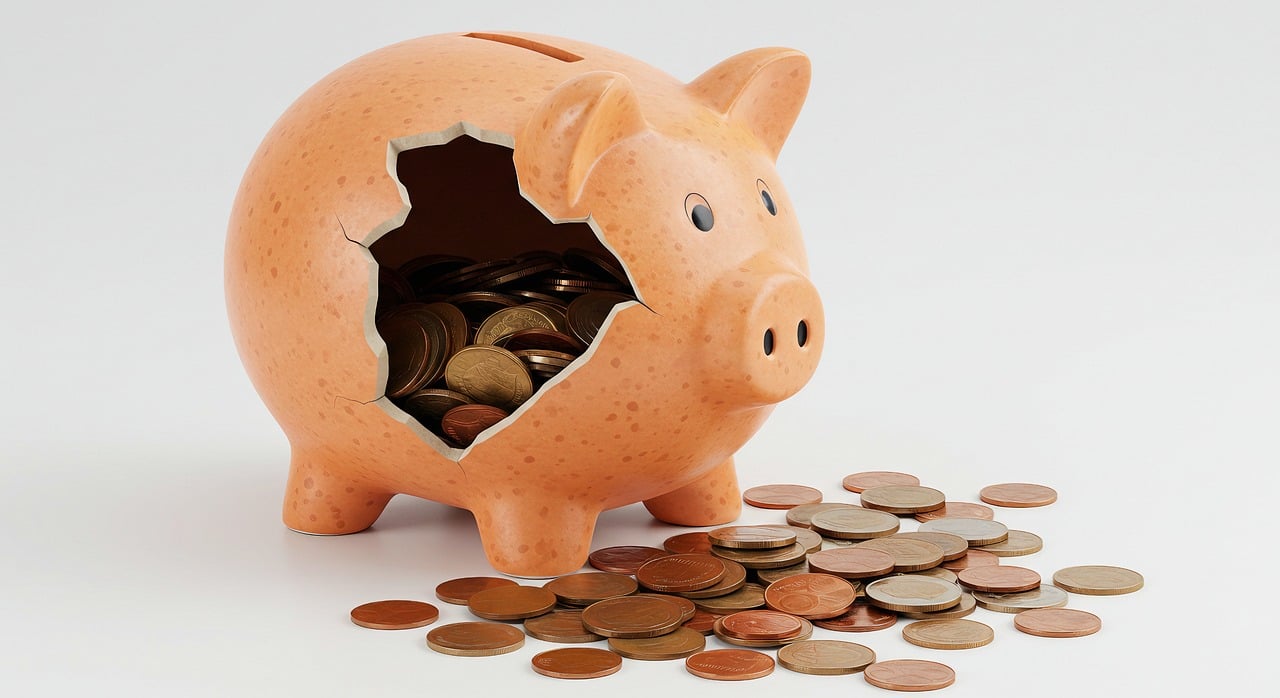Let’s face it, building an emergency fund while living on a low salary can feel impossible. Between rent, groceries, bills, and unexpected expenses, saving money often seems like a luxury.
But here’s the truth: you don’t need to earn a lot to start saving. Even if you’re earning ₹15,000 to ₹25,000 a month, you can build an emergency fund that protects you during tough times.
This guide will walk you through realistic, easy-to-follow steps to build an emergency fund in India, even with limited income.
What Is an Emergency Fund and Why You Need One
An emergency fund is money set aside to cover sudden, unplanned expenses such as:
- Medical emergencies
- Job loss
- Car or home repairs
- Family emergencies
It helps you avoid borrowing money or falling into debt during a crisis.
Ideal Emergency Fund Size:
Save at least 3 to 6 months’ worth of essential expenses (not total income). If your monthly expenses are ₹15,000, aim for ₹45,000 to ₹90,000.
Step-by-Step Guide to Build an Emergency Fund on a Low Salary
1. Start Small, Think Big
Don’t worry if you can’t save ₹10,000 at once. Start with as little as ₹100 or ₹500 per month. The habit of saving is more important than the amount.
Begin with a goal like:
“I will save ₹500 every month for the next 12 months.”
That’s ₹6,000 in a year, a solid start.
2. Track Every Rupee
You can’t save money unless you know where it’s going.
Use apps like Walnut, Money Manager, or even a notebook to track:
- Daily spending on food, recharge, transport
- Monthly fixed costs like rent and EMIs
Once you track for a month, you’ll spot unnecessary expenses like:
- Extra online food orders
- Subscriptions you don’t use
- Impulse shopping
Cutting just ₹30 per day can save you ₹900 in a month.
3. Create a Micro-Budget
Use the 50-30-20 rule as a base:
- 50% for needs (rent, food, bills)
- 30% for wants (movies, eating out)
- 20% for savings and debt repayment
Even if 20% feels too much, start with 10% savings.
If you earn ₹20,000, save ₹2,000 monthly.
4. Automate Your Savings
Set up an auto-transfer from your main account to a savings account on salary day.
Even better: open a separate savings account or a recurring deposit that you don’t touch.
Out of sight, out of temptation.
5. Keep It Liquid and Safe
Your emergency fund should be easily accessible but not so easy that you’re tempted to spend it.
Best places to keep it:
- High-interest savings account
- Recurring deposit (RD)
- Liquid mutual funds (if you’re okay with very low risk)
Avoid locking it in FDs with long tenures or investing in stocks. The money should be safe and ready when you need it.
6. Use Side Income for Boosting Savings
If you do any freelance work, tutoring, or part-time job, put that money directly into your emergency fund.
Even ₹1,000 from a weekend gig adds up over time.
7. Avoid These Common Mistakes
- Don’t use credit cards as emergency funds
- Don’t stop saving just because the amount feels small
- Don’t mix it with your regular savings or investment fund
Keep your emergency fund separate and treat it like a safety net, not a backup wallet.
Example Plan for Low-Income Emergency Fund (₹20,000 Monthly Income)
| Action | Monthly Contribution (₹) | Notes |
| Set up an RD | ₹500 | Auto-debit on salary day |
| Cut one online meal a week | ₹400 | Add to savings |
| Weekend part-time gig | ₹1,000 | Directly to savings |
| Monthly total saved | ₹1,900 | In one year, it becomes ₹22,800+ |
In just one year, with consistent effort, you can save enough to cover more than a month’s worth of emergency expenses, without feeling the pinch too hard.
How to Use the Emergency Fund (Only When Truly Needed)
Only use your emergency fund when:
- It is an unplanned and urgent need
- It involves health, job loss, or safety
Once you use it, replenish it slowly by going back to your savings habit. Think of it as a financial shield, not a backup spending account.
Final Thoughts
Building an emergency fund on a low salary is possible, it just takes discipline, small steps, and consistency. You don’t need to wait for a higher paycheck to start. Start now, with whatever you can afford.
It may feel slow, but over time it gives you peace of mind, freedom from stress, and protection from life’s surprises.
Even ₹100 saved is better than ₹0 saved.
Frequently Asked Questions
Q. How much emergency fund should I have if I earn ₹18,000 per month?
You should aim for at least ₹54,000 (3 months of expenses), but start with smaller targets like ₹10,000, then build up gradually.
Q. Can I keep my emergency fund in a mutual fund?
You can use liquid mutual funds which are low risk and easy to withdraw. Avoid equity funds for emergency savings.
Q. What if I have loans? Should I build an emergency fund or pay debt first?
Try to do both — build a small emergency fund first (₹5,000–₹10,000), then focus on debt repayment.
If this article helped you, share it with a friend or family member who is trying to save on a tight budget. Sometimes, all they need is the right plan to begin.

